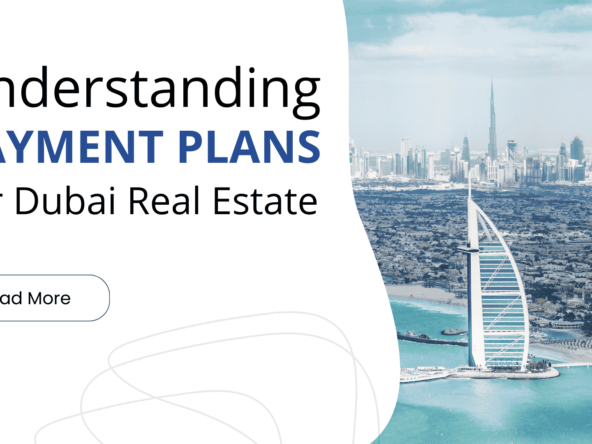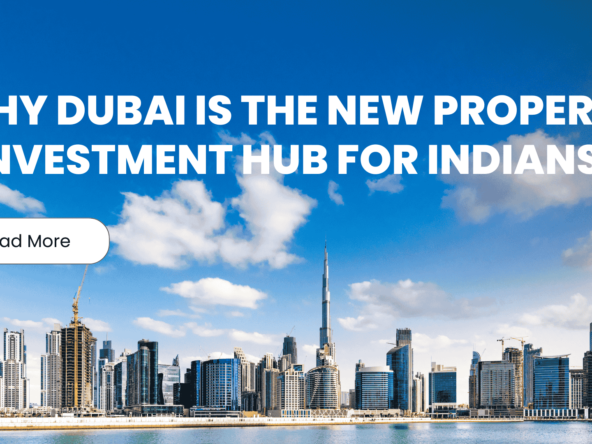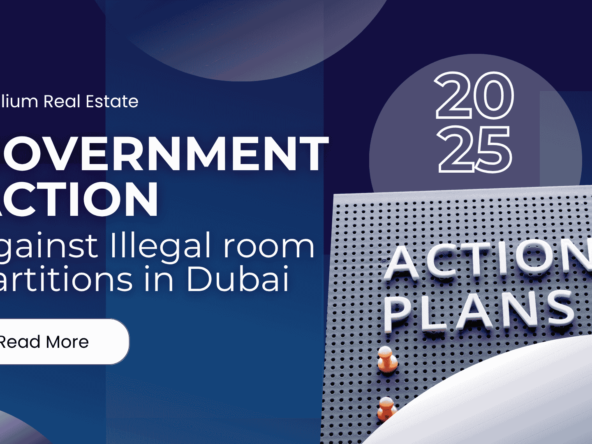As we all know, having multiple routes to travel within a city greatly benefits its infrastructure and overall development. It supports faster urban growth and improves connectivity. Regardless of the mode of transport, using public transportation contributes positively to both infrastructure efficiency and environmental sustainability.
In this blog, we’re exploring the impact of metro systems on real estate. Having a metro in a city offers numerous advantages—not just for daily commuters, but for the city’s overall development. A well-connected metro network enhances accessibility, reduces traffic congestion, and improves the efficiency of public transportation. This, in turn, boosts the appeal of surrounding areas, increases property demand, and enhances real estate values. From better urban planning to increased investor interest, the presence of a metro can have an important impact on a city’s growth and livability.
How metro connectivity boosts the real estate sector.
As we all know, transportation plays a major role in a city’s infrastructure development and real estate growth. It consistently influences property prices, with improved transport access often leading to higher real estate values.
If a property is located near a metro station, its value tends to be higher compared to a similar property that is not close to the metro.
The price difference between properties located near a metro station and those farther away can be significant. Properties close to metro stations typically command much higher prices compared to those that are not conveniently located near public transit.
Shaping Cities: The Development Power of Metro Lines.
When Dubai’s first metro line was launched in 2009, its impact on the city began to take shape almost immediately. The introduction of the metro in areas like Barsha significantly boosted connectivity, turning Sheikh Zayed Road into a residential hotspot. As a result, the number of housing units along the road increased from 12,200 in 2005 to 50,200 by 2009. This improved accessibility also led to a sharp rise in population—Barsha First, for example, saw its population grow from 2,088 in 2005 to 5,284 in 2009, according to the Dubai Statistics Centre.
Increased buyer interest near metro routes.
Between 2014 and 2019, the population of Jabal Ali Municipality—which includes Discovery Gardens, The Gardens, and Al Furjan—increased by 75%, rising from approximately 45,900 to 75,200. This growth significantly outpaced Dubai’s overall population increase of 44% during the same period. The surge is largely attributed to affordable rental rates and enhanced accessibility provided by the metro.
Investor interest also increased during this period. Al Furjan recorded the highest number of residential transactions—3,600 between 2014 and mid-2020—followed by Discovery Gardens with 2,800 transactions. While Dubai South saw fewer ready-property sales (200) due to limited available stock, it led in off-plan sales with 6,300 units, indicating strong future demand as infrastructure in the area continues to develop.
How metro access drives property prices and rental growth.
The development of the Dubai Metro has had a notable positive impact on property values and rental rates in nearby areas. According to REIDIN, buildings in Jumeirah Lakes Towers (JLT) located near metro stations have commanded average sale and rental premiums of approximately 12% since 2010. In Barsha Heights, properties close to metro stations have recorded rental prices about 6% higher than comparable buildings further away. Similarly, in Dubai Investment Park (DIP), residential units in DIP 1—closer to Route 2020—have sold for around 18% more than those in DIP 2.
As Route 2020 extends into more secondary areas, the improved accessibility is expected to boost demand and increase property values in these emerging and affordable communities.
Conclusion:
Proximity to the Dubai Metro has a positive effect on property values. Properties within walking distance—particularly those located 10 to 15 minutes away—have consistently outperformed the broader market, underscoring the strong connection between metro accessibility and long-term capital growth.



